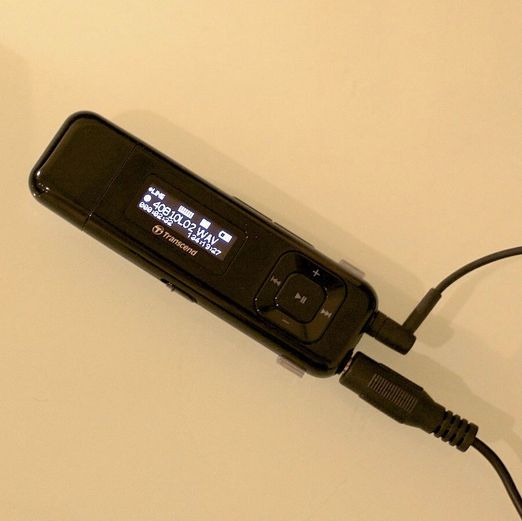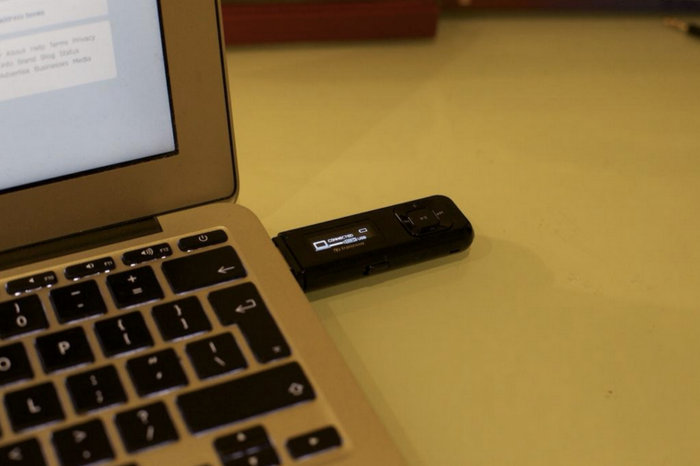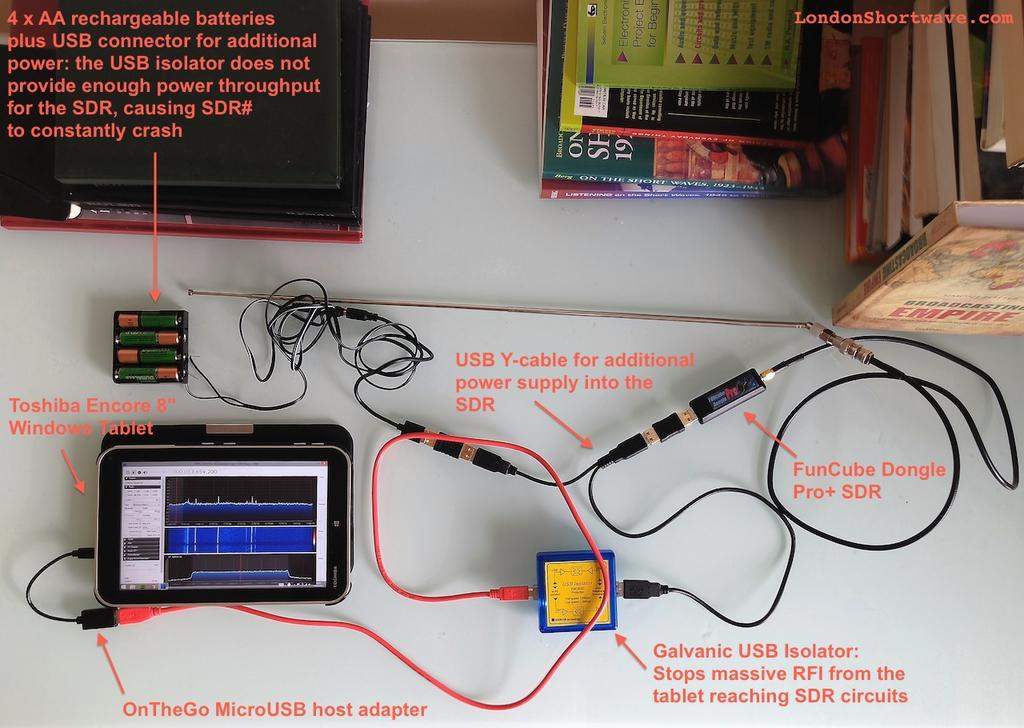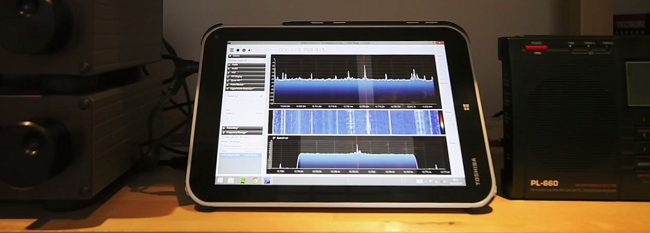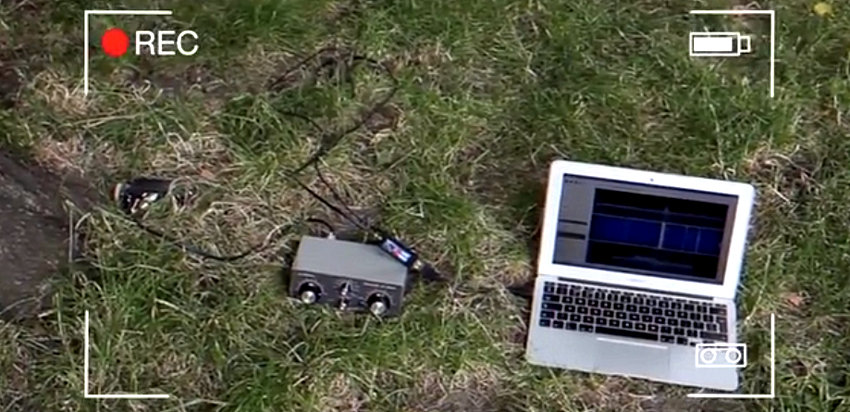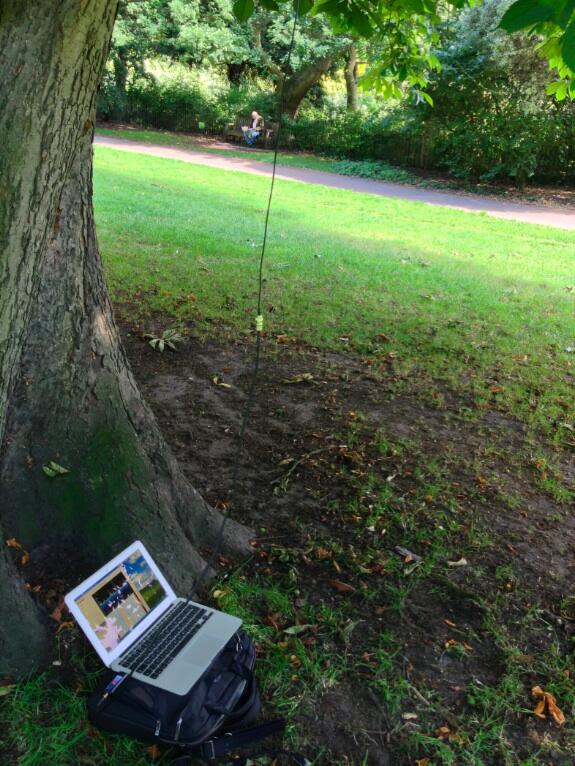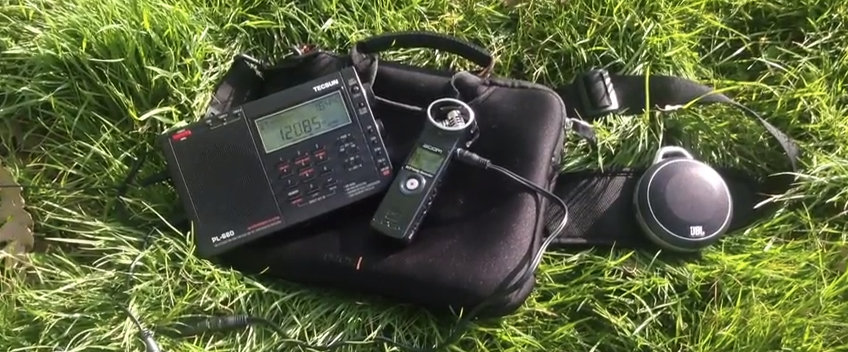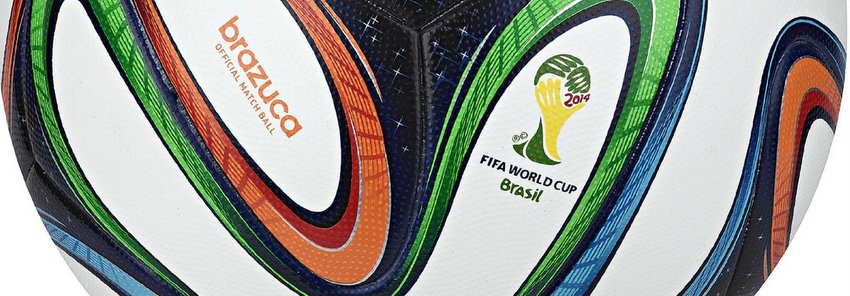 Yesterday, I was primed to follow the FIFA World Cup semi-final match featuring the Netherlands vs. Argentina. Moreover, we have good friends from Germany visiting; of course, they wanted to see who their winning team will be playing in the final match come Sunday.
Yesterday, I was primed to follow the FIFA World Cup semi-final match featuring the Netherlands vs. Argentina. Moreover, we have good friends from Germany visiting; of course, they wanted to see who their winning team will be playing in the final match come Sunday.
But as we live in a fairly rural area, and don’t place much of a priority on television (radio, anyone?), we have no cable, no satellite, and with no more than a rabbit-ear indoor antenna on our only telly, no local over-the-air broadcasters available. But we found we were able to watch the match stream live on ESPN via an Apple TV box attached to our only television.
Of course, I also tuned in the match on shortwave radio–via the BBC World Service on 11,810 kHz out of Ascension Island–starting a little after 20:00 UTC. And guess which stream was more “live” (i.e., immediate), ESPN or shortwave? Here’s the recording:
Answer: You guessed it–the shortwave coverage was one full minute in advance of the ESPN “live” stream. My friends watching television in another room marveled at my clairvoyance…
When the match went into extra time, as Argentina and the Netherlands were tied 0-0, the BBC World Service dropped the frequency to KBS (you’ll hear a few minutes of KBS in the recording). At this point I was resigned to watching the match on ESPN, as I didn’t want to miss any of the action while trying to find another broadcaster covering the match.
Then, radio to the rescue: I received the following tweet from SWLing Post reader/contributor @LondonShortwave:
So I quickly tuned to Radio Nacional Amazonia on 6,180, where I discovered a booming signal and full match coverage. Even though the commentary was in Portuguese, a language I can’t speak, I could still follow the match knowing player and team names. When Argentina won the penalty kicks after extra time, commentators exploded with excitement. Listen for yourself:
What made the match all the better, besides watching it with my good friends here at home, was following it with my shortwave friends across the globe. As we exchanged tweets (while following coverage) it was as if we were all in the same room. Indeed, here’s what @LondonShortwave said:
So true–! While using the Internet to communicate, we were listening to the same and far-more-efficient shortwave station for coverage.
Now on to Sunday, and hoping I can catch the final match on the BBC World Service…with the rest of the world. If you can, join us. Game on!
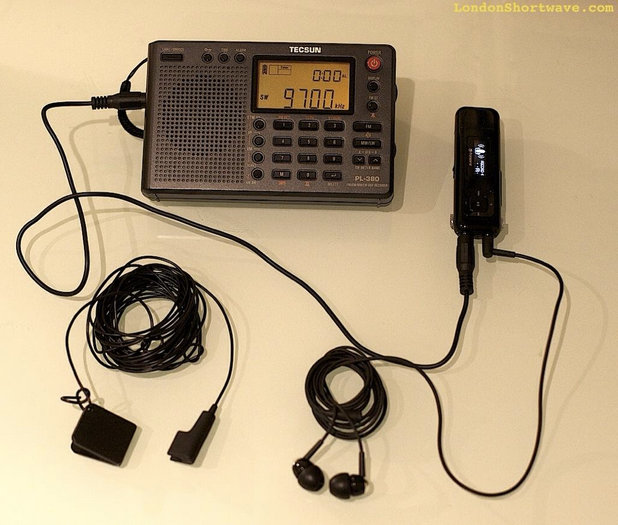 SWLing Post reader, London Shortwave, shared photos of his portable recording kit on Twitter yesterday. It consists of a Tecsun PL-380, Transcend MP330, in ear headphones, and a simple clip-on antenna (supplied with the PL-380). He recorded Radio New Zealand International with this gear.
SWLing Post reader, London Shortwave, shared photos of his portable recording kit on Twitter yesterday. It consists of a Tecsun PL-380, Transcend MP330, in ear headphones, and a simple clip-on antenna (supplied with the PL-380). He recorded Radio New Zealand International with this gear.
